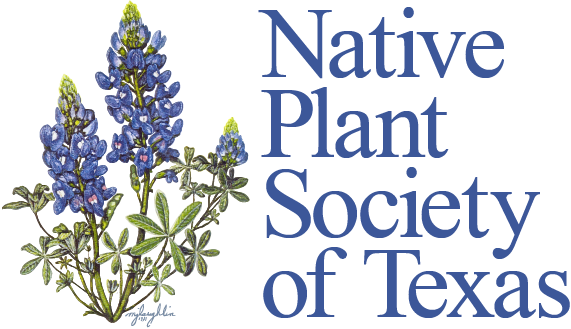Please download the newsletter and read it in the PDF file to assure that all embedded links work for you
- 2024 Newsletters
- April 2024 – North Texas’ native bees presentation, Trinity Forks ALL native plant sale on April 27, Texas Wildflower Day, Texas bluebells and Mexican hat
- March 2024 – Lewisville Lake Environmental Learning Area (LLELA) presentation, our 2024 Spring grant recipients, what native plants to add to your landscape and where you can get them
- February 2024 – Plant Propagation Essentials presentation, North Central Texas Wildflowers 2nd Edition, Mexican Plum, NICE Spring: Texas Redbud, PlantArte, Volunteer Opportunities
- January 2024 – Using native prairie plants and grasses in your landscape and where to find the right native plants for North Texas
- 2023 Newsletters
- November/December 2023 – Argyle Fire Station Rewilding, Texas Native Plant Art Exhibit, Trinity Forks Annual Social, Fall Aster, Why you should save leaves
- October 2023 – News and announcements, cowpen daisy, butterflies in verse, Indiangrass, where to buy native plants.
- September 2023 – Trinity Forks NPSOT grant awards, fragrant sumac for fall color, using Lindheimer’s Muhley as a decorative landscape grass, Bringing the Prairie into the City (September 1995), volunteer opportunities for members,
- August 2023 – Our exciting guest speaker for the August 24th meeting will introduce and show many of the native plants in her landscape (full list of plants on pages 4 and 5). Also learn about growing inland sea oats, luna moths, and our featured project — the children’s Texas Native Plant Art Exhibition.
- July 2023 – Learn about Trinity Forks 2023 Grant Program, where to buy native plants in the DFW area, and featured articles on the Question Mark Butterfly and Cenizo shrubs
- June 2023 – Poison hemlock, Fourpoint primrose and Desert willow, June Program by Jerry Hamby: “Monitoring Bluebirds”, NPSOT proposed bylaw revisions
- May 2023 – successful plant sale, new website Live, native plants for birds and hummingbirds, May program by Susan Pohlen: “Snakes, they always seem to get a bad rap”
- April
2023-plant sale information, all about frogfruit, April program by Daniel Cunningham: “Successful gardening in shady areas” - March 2023
- February 2023
- 2022 Newsletters
To access earlier newsletters click on this link: Native Plant Press 2003 through 2023
